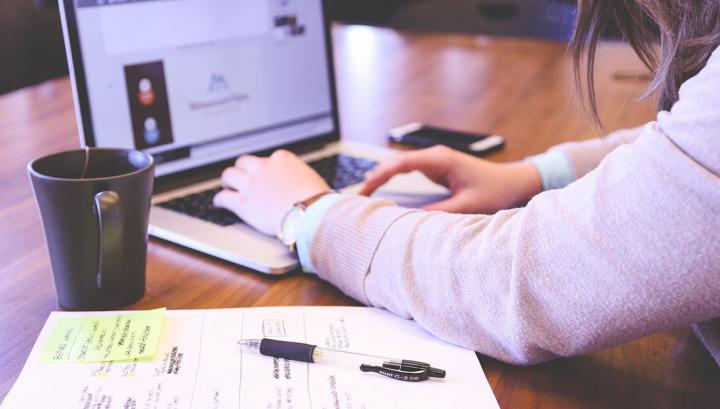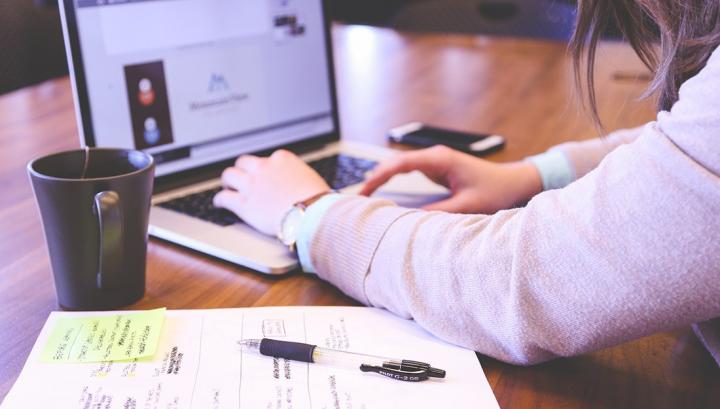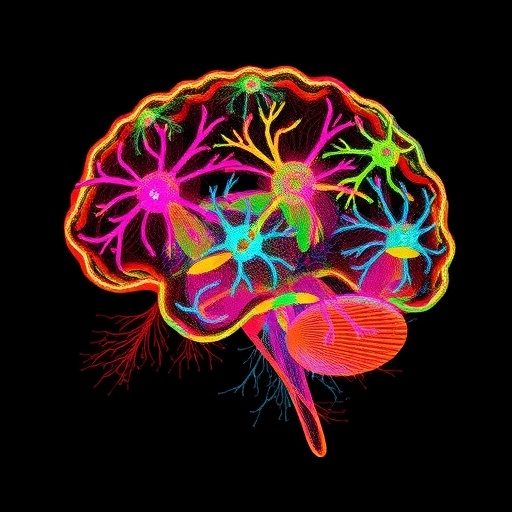
Credit: Texas A&M University Health Science Center
Workplace injuries don't just come from lifting heavy things or falling off a ladder. People with desk jobs can develop debilitating hand and wrist problems that make it difficult to work, and poorly designed software could be to blame. However, researchers at the Texas A&M School of Public Health are creating tools to that could help develop safer software.
A study published in Applied Ergonomics details the creation of a "Self-Report Ergonomic Assessment Tool," or SEAT, which is designed as a quick and easy-to-use method of determining how much stress computer programs put on their users.
It can be expensive to identify and correct software-inducing ergonomic problems, such as hand strain from clicking and dragging too much, especially if the program is already on the market. Paul Ritchey, a doctoral candidate at the School of Public Health and co-author of this research, believes the SEAT could become an integral part of developing more user-friendly (and user-safe) software.
"You can fix a bad design on a drawing board," Ritchey said. "And with SEAT, you can fix software before it goes out, and there's no need to buy special equipment."
Usually, analyzing ergonomic problems in software is expensive, requiring hiring outside experts, and time consuming. The SEAT relies on people self-reporting discomfort or strain, so it doesn't require any special training, which could make it a quick and inexpensive tool for software developers to use at each step of the program design process.
"The SEAT can look at two concepts of ergonomic risk: stressors, like bad posture, and strain, pain or discomfort that comes from the stressor," Ritchey said. "The idea is for SEAT to be used as a barometer for ergonomic risks through software design cycles."
This tool is particularly important for developing software used by oil and gas companies because debilitating injuries caused by hand or wrist strain are common among geoscientists. While many of these companies have tried to address ergonomic problems caused by the workspace, like bad chairs or poorly positioned computer monitors, geoscientists are still getting injured.
"Geoscientists are an interesting workforce–they are the highly trained 'rainmakers' of the oil and gas industry," Ritchey said. "The more you work, the more you are at risk. Injured geoscientists result in a lot of pain and time off."
In fact, the genesis of SEAT came from the oil and gas industry. Andrew Muddimer, an ergonomist at Schlumberger, an oilfield services company, began to study if software–particularly seismic graphing programs commonly used by geoscientists that require lots of clicking and dragging–could be to blame for injuries. Muddimer shared what he believed to be the implications of poor software design with Camille Peres, PhD, an assistant professor at the School of Public Health and the brains behind SEAT, which kick-started this research project.
To develop the SEAT, Peres recruited geoscientists from a professional convention and asked them to perform certain computer tasks. Using a self-reported survey that would become the SEAT, the geoscientists noted when they felt like the motions caused stress, or if they experienced pain. Their responses helped refine what should be included in the SEAT to best measure software-induced ergonomic problems.
"The overarching goal of the development of the SEAT was to find an effective method for integrating the science and practice of ergonomics into the development lifecycle of software. Therefore, it had to provide accurate information that was available very quickly," Peres said. "We initially leveraged items from existing ergonomic measures and adjusted them so they would be appropriate for self-report and the office environment."
The next steps for the SEAT include refinement processes to make it more accurate. People tend to have a hard time identifying stressors like bad posture, but they're typically much better at reporting strain–when they're uncomfortable or in pain. Ideally, the SEAT can be modified to help developers remove stressors from software to prevent strain from ever occurring.
"Many tools we have to measure ergonomic risks are used and validated in more 'heavy' industries like manufacturing," Ritchey said. "A challenge is taking these ergonomic tools and translating them for office work and office workers."
"We hope this tool will make geoscientists and other people who spend hours at their computers better able to do their jobs safely," added Ranjana Mehta, PhD, assistant professor at the School of Public Health and co-author of the research. "Better designed software will not only prevent injuries that result in lost productivity but also avoid a great deal of discomfort and pain."
###
Media Contact
Holly Shive
[email protected]
979-436-0613
http://www.tamu.edu
############
Story Source: Materials provided by Scienmag





